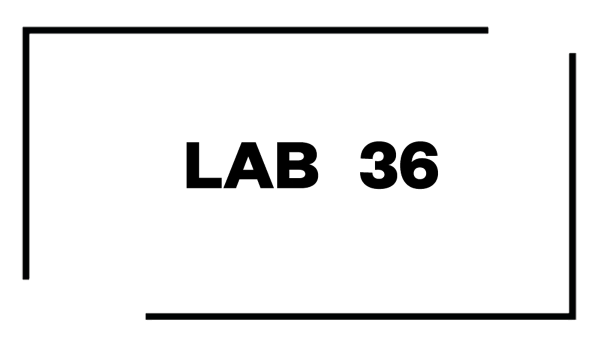In 2022 we enjoyed Xavi Bou’s photographs at LAB36 in the exhibition “Ornitografías”, now the artist presents his deluxe limited edition book “Ornithographies”. His photographic project stems from the great admiration he has always had for birds and nature. The result is this book where the combination of science and art shows us the invisible: the lines that birds draw when they fly.

Professor, translator, art critic and curator Uta M. Reindl talks about Xavi Bou’s photography, presenting it as a post-structuralist photographic art.
When movement becomes form. The Poststructuralist Photographic Art of Xavi Bou – by Uta M. Reindl. Professor, translator, critic and art curator
Mostly black lines of captivating geometry snake or swirl, some even in several strands, across the monochrome image grounds of the photographs — making one think of abstract drawings or paintings. The almost artificial perfection of the minimalist formations, however, gives the impression that they are mathematically generated. Yet the enigmatic structures show flight figures of birds recorded in the old method of chronophotography and modern computer technology. The Barcelona-born artist Xavi Bou has decontextualized them in the sense that they unfold on a cloudless sky, which he has transformed into a canvas through appropriate digital processing. According to the photographer, his fascination with birds and their movement is rooted in his childhood. Growing up in El Prat de Llobregat on the southern outskirts of Barcelona, allowed him to take countless walks in nature with his bird-loving grandfather. His great interest in nature remained with him even after his studies in geography and photography and during his stage working in the fashion photography sector. Soon after his debut in 2015, the artist received praise from numerous publications in daily newspapers or magazines of different orientations worldwide.

According to the photographer, his fascination with birds and their movement is rooted in his childhood. Growing up in El Prat de Llobregat, on the outskirts of Barcelona, allowed him to go on countless nature walks with his grandfather who was also a bird lover. Her great interest in nature remained even after her studies in geography and photography and during her time working in the fashion photography sector. Shortly after his debut in 2015, the artist received praise from numerous publications in newspapers and magazines of different media worldwide.
From an art-historical point of view, such a concentration on non-figurative representations began in Germany in the 1950s with “subjective photography”; it brings to mind its inventor Otto Steinert, who depicted reality without narrating, documented in a reportage-like manner and placed ornamentation as an external phenomenon in the picture. Incidentally, a similar case was that of the Catalan photographer Marcel Giró, who emigrated to Brazil. Xavi Bou is familiar with Eadweard Muybridge’s purely scientific chronophotography, which somehow is related to his ornithographic approach.
The amazing geometry, precision, and complexity of the birds' flight figures have been occupying the 43-year-old artist for around ten years now, and many of the cooperation partners for his artistic work are recruited from the bird world, or rather tracked down. Sparrows, swallows, swifts, seagulls, starlings, but also flamingos or eagles as well as other birds of prey… He finds them not only in the wild – very often nearby or even in places like Gibraltar or Iceland – but surprisingly also in the Gracia quarter in the heart of Barcelona. There, he simply climbs onto the roof of his apartment to immortalize, as he says, the amazingly still diverse birdlife with his camera.
In his videos, the artist records the collective development of bird flight lines, an entire bird migration, while he underlays the sequences with original sound or music composed by one of the artist’s friends. In the future, Bou plans to expand his archival practice with a new series of photographs — through sculptural abstractions, by using footage of insects in motion, and then digitally manipulating them to appear both three-dimensional and in the natural coloring of the animals.
About Uta M. Reindl
Uta M. Reindl (Cologne, 1951) is a professor, translator, art critic and curator. She has studied Spanish contemporary art and has edited two books. As a curator, she has organised artist-student collaborations, art in public spaces and in galleries. Currently, she writes regularly for art magazines (Kunstforum International; catalogues etc.) and coordinates the regional platform "Kritisches Rheinland" since 1996.

